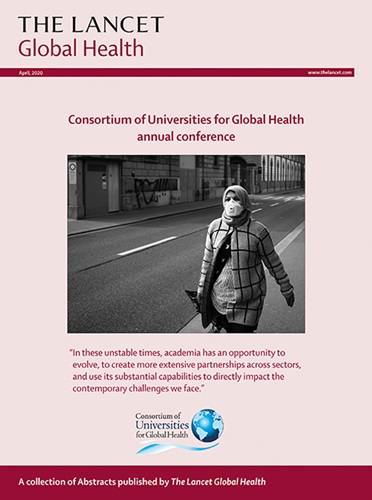影响低收入和中等收入国家城市对抗疗法初级保健服务提供的供给侧和需求侧因素。
IF 19.9
1区 医学
Q1 PUBLIC, ENVIRONMENTAL & OCCUPATIONAL HEALTH
引用次数: 0
摘要
低收入和中等收入国家(LMICs)的大多数人现在生活在城市,而不是农村地区,那里获得医疗服务和提供者的选择有限。城市医疗保健服务的组织模式与农村截然不同。我们综合了全球证据,表明在低收入和中等收入国家的城市里,保健诊所数量充足,容易到达,而且很少人满为患。患者寻求治疗时的费用变化很大,主要由药物和诊断决定。我们表明,公民有能动性,经常绕过更便宜的设施,获得首选提供商。因此,城市初级保健服务提供的最佳特征是一个拥有各种私营和公共提供者的市场,患者根据价格、质量和可及性做出积极选择。然而,这个市场平均不能提供高质量的咨询,也不能为预防保健或长期疾病提供连续性或综合服务。由于价格在获得医疗服务方面起着关键作用,城市人口中最脆弱的群体往往得不到保护。本文章由计算机程序翻译,如有差异,请以英文原文为准。
Supply-side and demand-side factors affecting allopathic primary care service delivery in low-income and middle-income country cities.
Most people in low-income and middle-income countries (LMICs) now live in cities, as opposed to rural areas where access to care and provider choice is limited. Urban health-care provision is organised on very different patterns to those of rural care. We synthesise global evidence to show that health-care clinics are plentiful and easily accessible in LMIC cities and that they are seldom overcrowded. The costs that patients incur when they seek care are highly variable and driven mostly by drugs and diagnostics. We show that citizens have agency, often bypassing cheaper facilities to access preferred providers. Primary care service delivery in cities is thus best characterised as a market with a diverse range of private and public providers, where patients make active choices based on price, quality, and access. However, this market does not deliver high-quality consultations on average and does not provide continuity or integration of services for preventive care or long-term conditions. Since prices play a key role in accessing care, the most vulnerable groups of the urban population often remain unprotected.
求助全文
通过发布文献求助,成功后即可免费获取论文全文。
去求助
来源期刊

Lancet Global Health
PUBLIC, ENVIRONMENTAL & OCCUPATIONAL HEALTH-
CiteScore
44.10
自引率
1.20%
发文量
763
审稿时长
10 weeks
期刊介绍:
The Lancet Global Health is an online publication that releases monthly open access (subscription-free) issues.Each issue includes original research, commentary, and correspondence.In addition to this, the publication also provides regular blog posts.
The main focus of The Lancet Global Health is on disadvantaged populations, which can include both entire economic regions and marginalized groups within prosperous nations.The publication prefers to cover topics related to reproductive, maternal, neonatal, child, and adolescent health; infectious diseases (including neglected tropical diseases); non-communicable diseases; mental health; the global health workforce; health systems; surgery; and health policy.
 求助内容:
求助内容: 应助结果提醒方式:
应助结果提醒方式:


